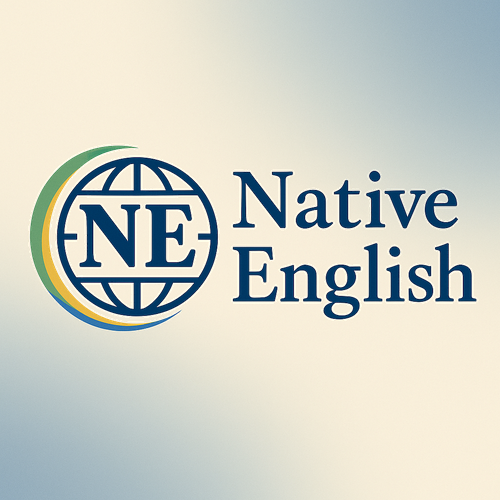More Typo Errors and Their Heavy Costs
Posted: July 30, 2025
It was just one letter. A single typo. But it was enough to drive away hundreds of customers—and cost the brand over $10,000 in sales.
Here’s how it happened—and why it’s a warning for every international company trying to sell in the U.S.
The Typo That Looked Like a Scam
A South Korean company had launched a beautifully designed Bluetooth speaker. Great specs. Sleek look. Competitive price. Everything was in place.
But there was one problem. On the Amazon listing, the product description included this sentence:
“Powerful base for imersive sound.”
“Imersive”, missing the second “m”, and "base" rather than "bass", which may sound identical but have very different meanings
To a native English speaker, it looked like a careless error. Maybe not a big deal on its own—but the listing also had a few other signs of weak editing. Slightly awkward phrasing. Inconsistent punctuation. A strange sentence order.
The result? Many American buyers assumed the listing was fake. They skipped it. They left. And they bought from competitors instead.
It’s Not About Perfection. It’s About Trust.
Most U.S. buyers won’t notice a small error. But if there are several—or if the mistake looks unprofessional—they’ll make one of two assumptions:
- This company doesn’t care about quality.
- This might be a counterfeit or scam listing.
That’s a problem—especially in crowded marketplaces like Amazon or Walmart, where dozens of similar products are competing for trust.
How We Found the Cost
We helped the company clean up their listings—fixing typos, adjusting phrasing, and tuning the tone. After relaunching the new version, their clickthrough and conversion rates jumped by 14.2% in just three weeks.
That translated into over $10,000 in additional sales—just from correcting the language.
In this case, the typo didn’t just look unprofessional. It signaled that the brand might not be real. And in a high-risk, high-choice market like the U.S., that’s enough to kill a sale.
Why Small Errors Feel Like Big Risks
American buyers have been trained by scams, spam, and clickbait to look for danger signs. Odd grammar. Misspellings. Unnatural tone. These things make buyers hesitate—even if everything else looks good.
Here’s what might go through a customer’s mind:
- “Is this a real company?”
- “Will the product even arrive?”
- “If there’s a problem, will they respond?”
The moment a buyer has to wonder if they can trust you, the sale is already in danger.
Typos Are Easy to Dismiss—Until You See the Cost
It’s tempting to think, “Buyers won’t care about small mistakes.” And that might be true if everything else is perfect. But in reality, most products aren’t that different from their competitors.
Buyers are looking for reasons to trust—or walk away. And even a small typo can tip the scales.
We’ve worked with brands where just three or four wording changes led to thousands of dollars in new revenue. Why? Because clearer language leads to faster decisions—and faster decisions lead to more sales.
You Don’t Have to Be Perfect—Just Professional
This isn’t about being flawless. It’s about removing doubt. When your English reads smoothly, buyers don’t pause. They don’t second-guess. They click “Add to Cart” and move on with confidence.
That’s the power of clean, localized language: it clears the runway for trust.
When Words Cost More Than Products
That one typo cost a brand $10,000. And it almost certainly wasn't the only time it happened. Most companies never notice how much poor language is costing them—because they never run the test.
They assume “good enough” is fine. Until a competitor with tighter language starts outselling them.
Check Your Words. Earn Their Trust.
At Native English, we specialize in tuning your copy for American trust. We don’t just correct typos—we catch tone slips, clarity gaps, and confidence leaks. Because in the U.S. market, how you say it matters just as much as what you sell.
So ask yourself: if one typo could cost you five figures… what might be hiding in the rest of your listings?
